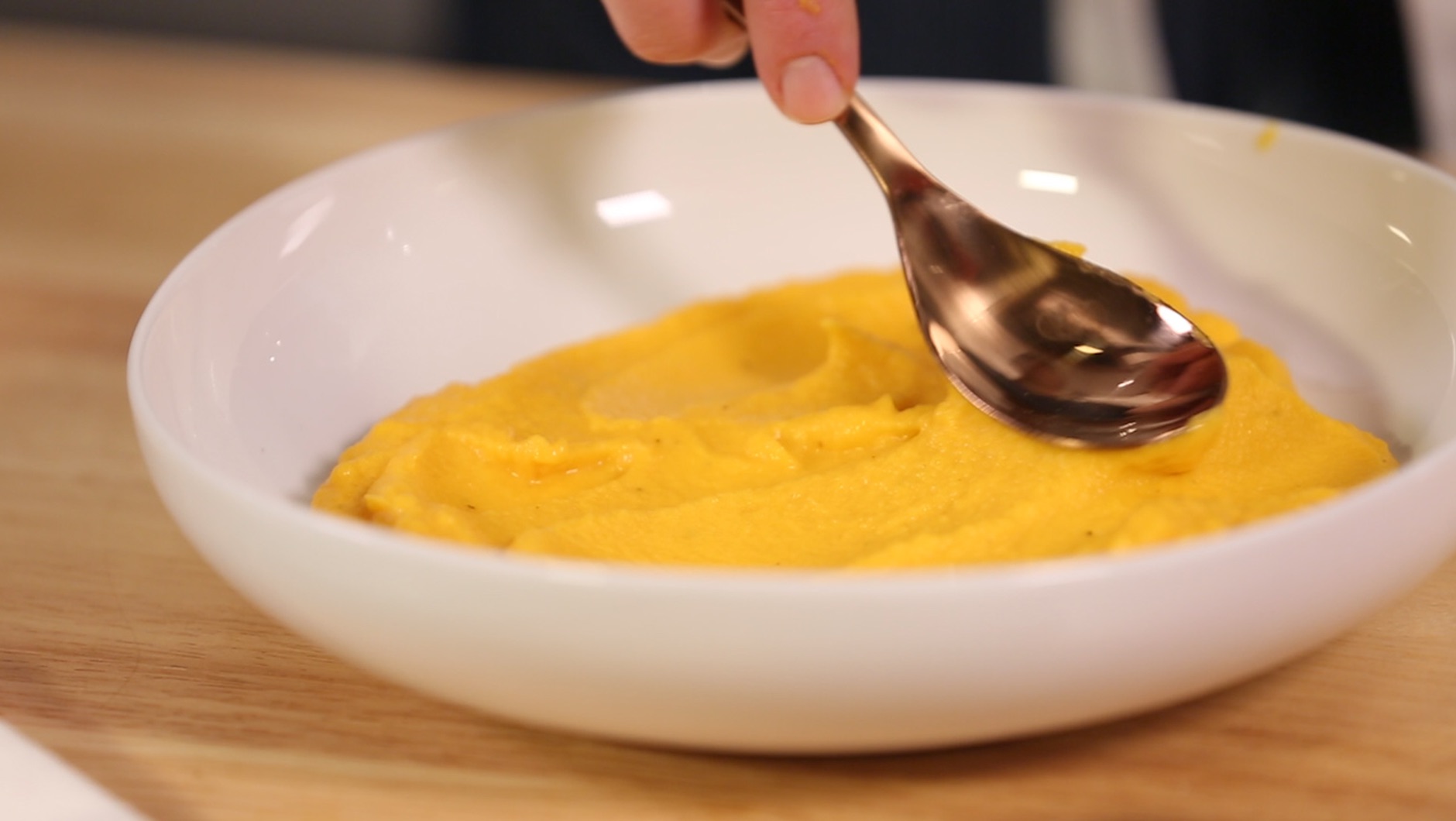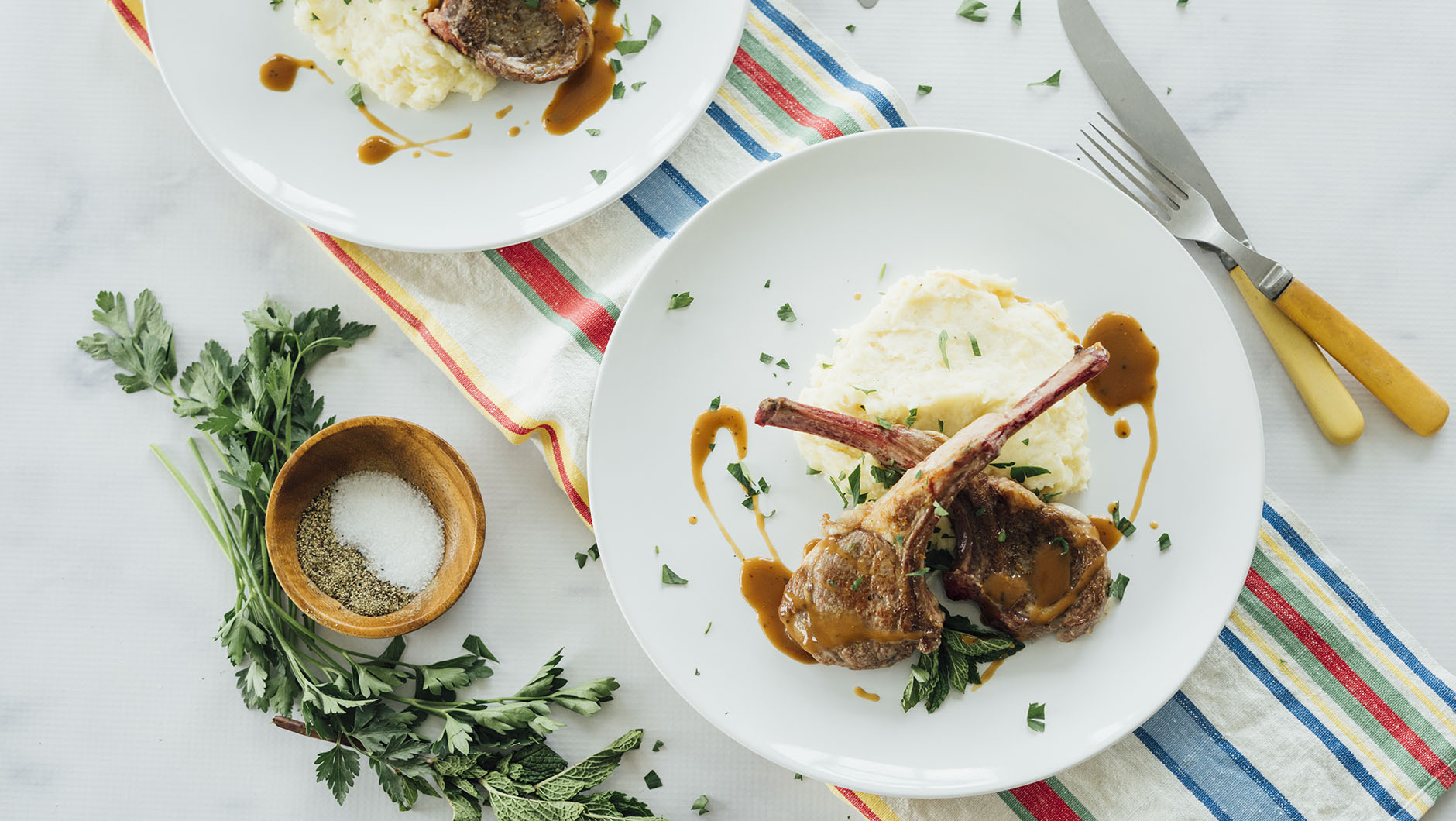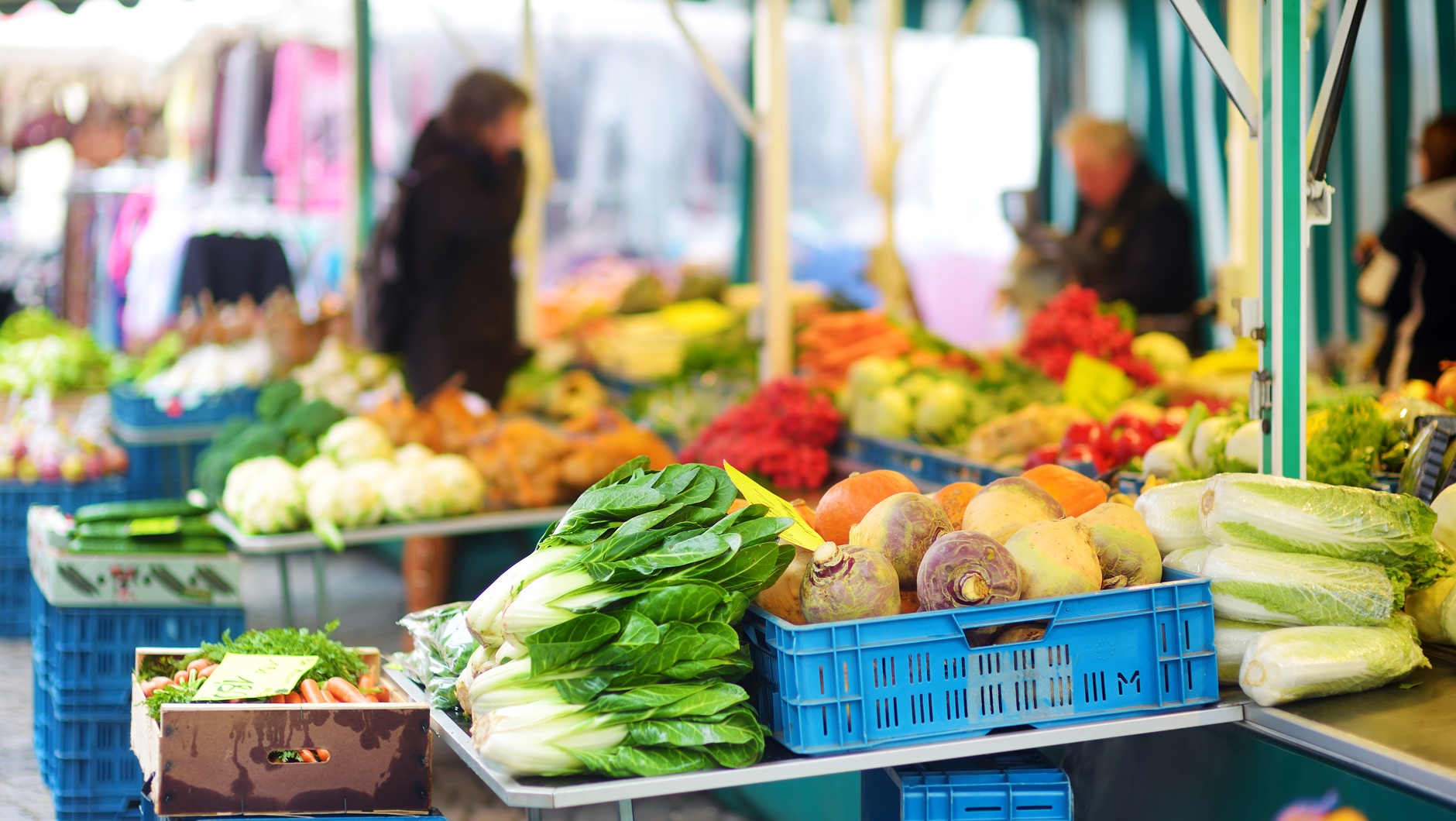Steps for Making a Vegetable Puree (Including Perfect Pumpkin Puree)
- Prep your vegetables by washing, peeling, and dicing them into even pieces. A consistent dice helps guarantee even cooking, which is essential for a smooth, lump-free puree or pumpkin puree.
- Steam the vegetables in a steamer basket until they’re soft enough to press with one finger. Avoid overcooking—waterlogged vegetables can lead to a thin or grainy puree.
- Transfer the cooked vegetables to a blender or food processor and add butter, cream, or your preferred substitutes. Season with salt and pepper. This step works the same whether you’re making a classic vegetable puree or silky pumpkin puree.
- Blend the puree until you reach your desired texture. Taste and adjust seasonings. Tip: Briefly lift the blender lid to release steam—hot steam buildup can cause the lid to pop off.
- Remove the finished puree with a rubber spatula and serve immediately, or cool and store for later use.
Tips for Making a Smooth Vegetable Puree or Pumpkin Puree
- Use one vegetable at a time for the creamiest results. If you want to combine flavors—such as mixing pumpkin puree with carrot or sweet potato—puree each vegetable separately before combining.
- If you don’t have a steamer basket, steam vegetables in a covered pot with about an inch of water. Just strain them well before pureeing to avoid extra moisture in your puree.
- Experiment with seasonings like Cajun spices, fresh herbs, garlic, or warming spices for pumpkin puree such as nutmeg, cinnamon, or ginger.
- Use dairy or non-dairy alternatives to control creaminess. Unsweetened nondairy milk, margarine, or a splash of sour cream all help create a rich, velvety puree or pumpkin puree.
- Best vegetables for pureeing: sweet potatoes, carrots, beets, parsnips, cauliflower—and of course pumpkin for a naturally smooth pumpkin puree.
- Vegetables to avoid pureeing:
- Fibrous green veggies like broccoli or shelled vegetables such as peas, which often leave strings or tough bits that don’t fully puree.
- Very starchy vegetables—like russet potatoes and some winter squash—tend to become gluey in a blender. These are better mashed by hand or pressed through a ricer.





